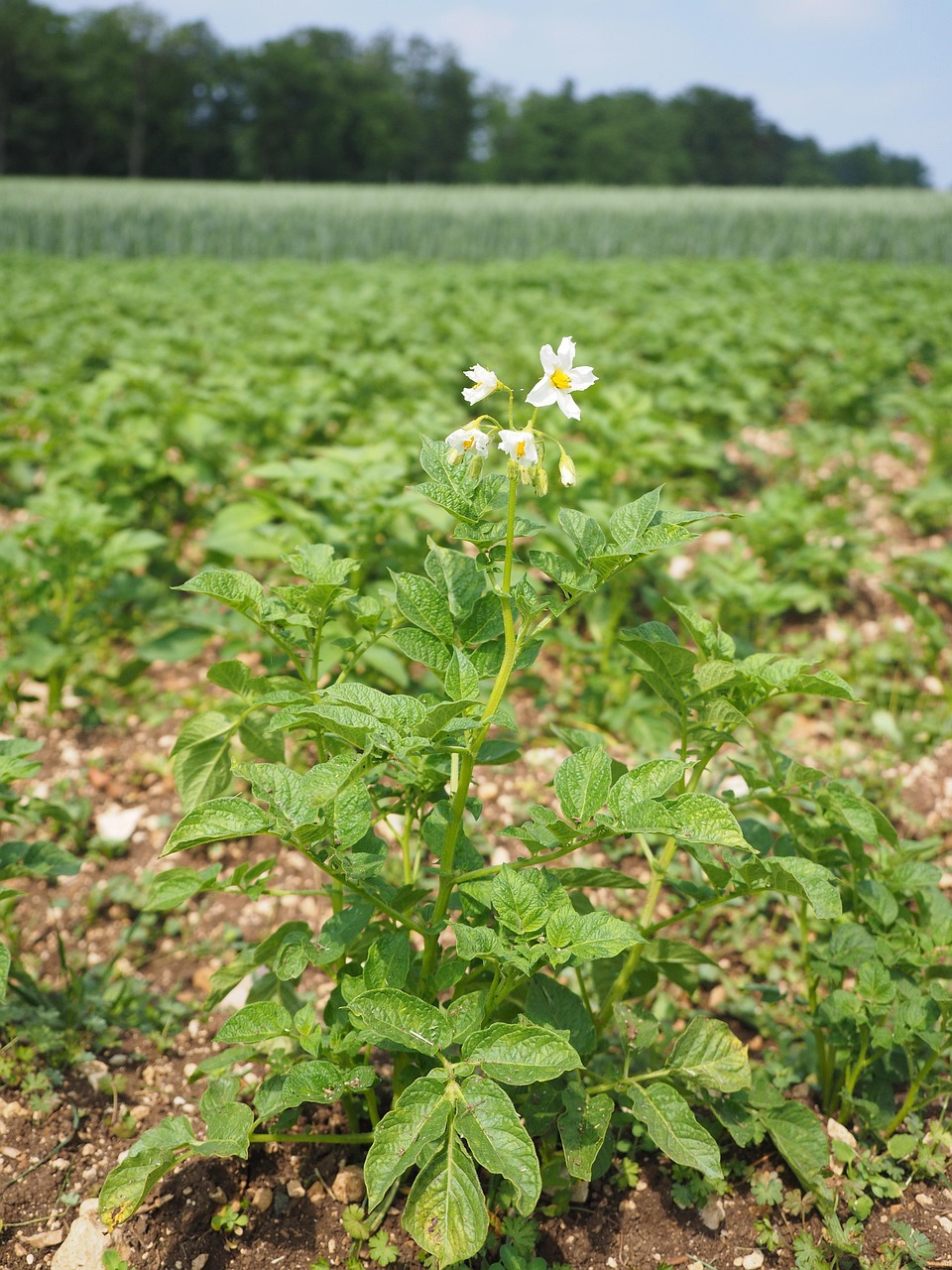
Growing organic potatoes not only ensures a bountiful harvest of delicious and nutritious tubers, but it also promotes a healthier and more sustainable approach to gardening. By avoiding synthetic pesticides and chemical fertilizers, organic potato cultivation contributes to the well-being of both your family and the environment. In this article, we will explore the step-by-step process of growing organic potatoes, from selecting the right seed potatoes to maintaining soil health and preventing common pests and diseases. Get ready to embark on a journey towards a healthy and sustainable potato harvest that you can be proud of.
Understanding the Potato Plant
Before we delve into the practicalities of planting, let’s take a moment to meet the potato plant. This member of the nightshade family is not actually grown from seeds, but rather from “seed potatoes” – small, immature potatoes that will sprout and grow into new plants. These seed potatoes come in various varieties, each offering unique flavors, textures, and maturities.
Choosing the Right Variety:
Selecting the perfect potato variety for your garden is crucial for success. Consider these factors:
- Maturity: Early, mid-season, or late-season varieties – choose based on your desired harvest time and local climate.
- Flavor and texture: Opt for waxy, starchy, or all-purpose potatoes depending on your culinary preferences.
- Disease resistance: Select varieties known to be resistant to common potato diseases in your region.
Preparing Your Potato Patch
Location, Location, Location:
Potatoes thrive in a sunny location receiving at least 6-8 hours of direct sunlight daily. Ensure the chosen area has well-draining soil, as waterlogged conditions can lead to rot.
Soil Matters:
Potatoes prefer loose, fertile soil with a slightly acidic pH level (around 6.0-6.8). If your soil is heavy clay, amend it with compost or aged manure to improve drainage and aeration. You can also conduct a soil test to determine its nutrient content and adjust accordingly with organic amendments.
Planting Time:
Wait until the danger of frost has passed and the soil temperature reaches at least 50°F (10°C) for optimal planting conditions. This typically occurs in late spring or early summer, depending on your local climate.
Planting Your Seed Potatoes:
- Cut Seed Potatoes:
- Cut larger seed potatoes (larger than a golf ball) into pieces, each containing at least 2-3 “eyes” (small indentations where sprouts emerge).
- Prepare the Planting Hole:
- Dig trenches about 4-6 inches deep and 12-18 inches apart. Space the potato pieces within the trench, leaving about 12 inches between each one.
- Planting and Hilling:
- Place the potato pieces cut-side up in the trenches and cover them with soil. As the plants grow, gradually mound soil around the base of the stems (hilling) to promote tuber development.
Nurturing Your Potato Plants
Watering:
Water your potato plants deeply and regularly, especially during hot and dry periods. Aim for consistent moisture in the soil, but avoid overwatering to prevent rot.
Feeding:
While potatoes benefit from nutrient-rich soil, avoid over-fertilizing as it can lead to excessive foliage growth at the expense of tuber production. Opt for organic fertilizers like compost tea or aged manure throughout the growing season.
Weed Control:
Regularly remove weeds competing with your potato plants for water and nutrients. Hand-pulling weeds is the most organic approach, but you can also use organic mulches like straw or wood chips around the base of the plants to help suppress weed growth.
Common Pests and Diseases
While organic gardening minimizes the need for chemical interventions, be aware of potential pests and diseases that can affect your potato plants.
- Colorado potato beetles: These bright orange beetles and their larvae can defoliate your plants. Use organic methods like hand-picking, insecticidal soap, or neem oil for control.
- Late blight: This fungal disease causes brown spots on leaves and stems, eventually leading to plant failure. Rotate your potato crops with other vegetables and avoid overhead watering to minimize the risk.
Early detection and organic control methods are key to keeping your potato plants healthy.
